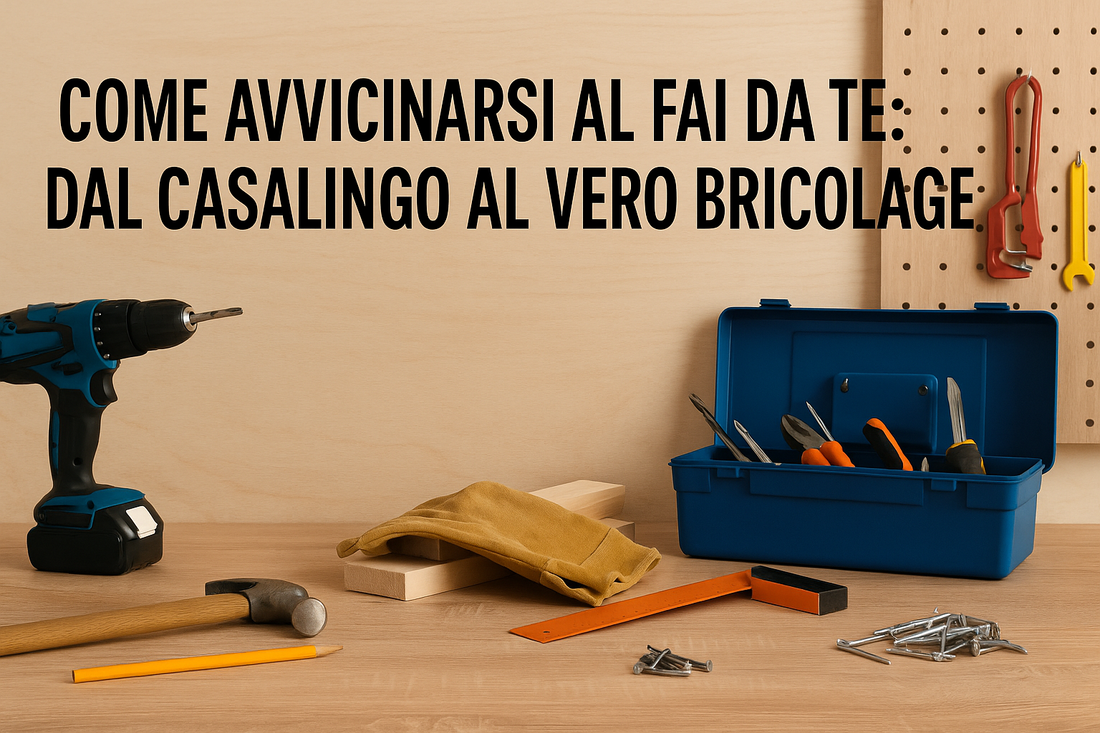
How to Get Started with DIY: From Home Improvement to True DIY
Share
DIY isn't just about emergency home repairs: it can become a true passion, bringing satisfaction, developing new skills, and even giving rise to creative and personalized projects. After packing a basic toolbox for small home repairs, many feel the urge to take it a step further and get closer to true DIY. But where to start?

1. Understand Your Needs and Passions
Before purchasing advanced tools, ask yourself:
Do you want to focus on wood (small furniture, shelves, decorations)?
Are you interested in working with metal or plastic ?
Or are you fascinated by painting and restoration ?
Identifying your core area allows you to choose appropriate tools and avoid wasting energy.
2. Top Level Equipment
In addition to the basic tools, those who want to try their hand at real DIY should consider:
Electric drill and screwdriver : essential for quick assembly and precise drilling.
Circular saw or jigsaw : for cutting wood and panels.
Sander : useful for finishing and restoring furniture.
Vice and workbench : guarantee stability and precision.
These tools open up possibilities far beyond simple home repairs.
3. Organize your workspace
DIY requires a minimum amount of dedicated space: a garage, a cellar, or even a well-organized corner.
Essential elements:
Sturdy workbench.
Shelves or perforated panels for hanging tools.
Good lighting, preferably with directional LED lamps.
4. Learn with Simple Projects
The secret to growth is to start with easy jobs :
Make a custom shelf.
Build a small wooden box.
Refresh a chair with a coat of paint and new upholstery.
These projects allow you to gain practice without excessive risks.
5. Safety First
With more powerful tools comes a growing need for protection:
Goggles, gloves and a dust mask are essential.
Always read the power tool manuals.
Keep your workspace tidy to avoid accidents.
6. Training and Inspiration
DIY is also a path of continuous growth. You can:
Follow online tutorials and dedicated channels.
Attend DIY courses.
Consult industry manuals and magazines.
Moving from a simple "home kit" to a true DIY project opens up a world of creativity and craftsmanship. With the right tools, a small, organized space, and a willingness to learn, you can turn ideas and projects into reality.
On the WorkCraftShop blog, we'll continue to offer you tips, guides, and inspiration to guide you every step of your DIY journey.
